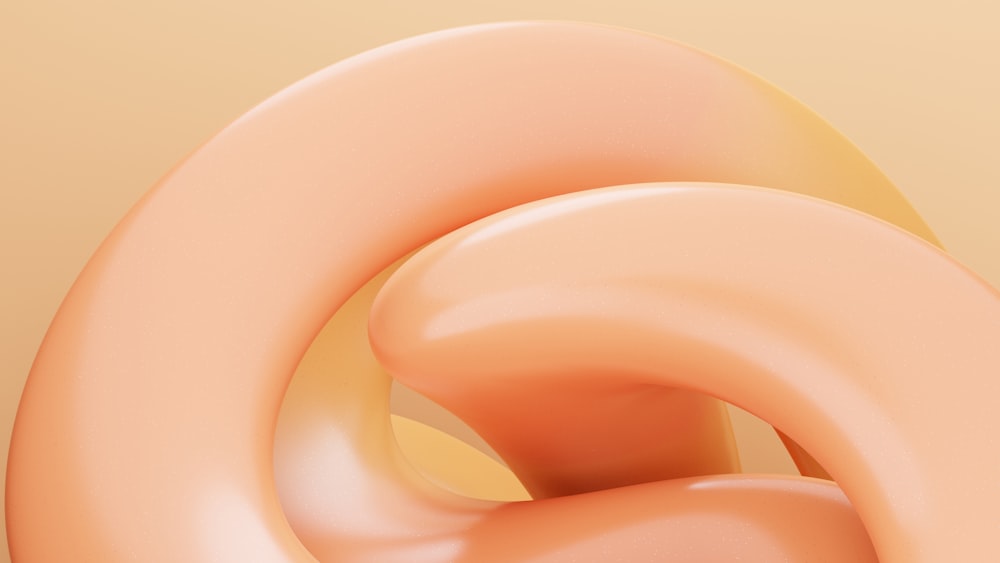What are your personal thoughts on organic gardening? Do you view everything you can on the subject, and try to improve upon your own garden? There are numerous resources available such as magazines, videos, books, shows, etc. So where do you begin with your own techniques? Try going through these tips to find your starting point.
Collecting and preserving autumn leaves is a fun gardening project, especially for the kids. Generations of kids have used the “wax paper method” to preserve fall leaves at peak color – with a little help from Mom. Just select colorful thin leaves that don’t have a high water content and place them between two sheets of wax paper. Place a cloth – like an old tea towel – on top of the waxed paper “sandwich” and have Mom slowly run a hot iron (no steam) across the cloth. Peek underneath to see if the wax paper is melting and bear down hard to get a good seal. The wax paper may seem cloudy while it is warm, but it should dry clear as it cools. Enjoy your pretty display of colorful leaves!
Feed your plants. The way your plants are growing can tell you what nutrients are lacking and need replacing. Some plants take up a lot of nutrients early in the growing season and quickly need a new supply. Look for signs of deficiency such as yellowing leaves and stunted growth. Feed the plant with a general purpose fertilizer, unless it has specific requirements. Foliage plants, for instance, prefer a fertilizer that is high in nitrogen.
Keep interested in gardening by trying something new each year. While tried and true favorites will always be a part of the garden, reserve a part for something new and exciting to keep interest. Keep in mind that some trial and error will be required because one crop that will be a flop in the fall, might be an excellent crop in the spring.
For a natural way to control aphids, populate your garden with ladybugs. Ladybugs are natural predators of aphids and scaly bugs. They are pretty to look at, and they are beneficial to your garden. They do not eat flowers, so you can safely use them on your flower beds. This is a good alternative to using commercial pesticides.
When it is spring and time to plant, do you have a hard time remembering what your gardens looked like the year before so that you know where to plant your new bulbs? This year, take pictures of your spring garden, and in the fall have a look at them. If you see a place in the yard that is bare and in need of a new daffodil, you can be confident on where to plant the new bulbs!
Now that you have an idea on where to start crafting your own organic gardening techniques are you ready to start experimenting? Are you ready to apply what you read to your garden? Can you help your garden grow properly? If you can, then have fun! If not, make sure to review the tips again.










